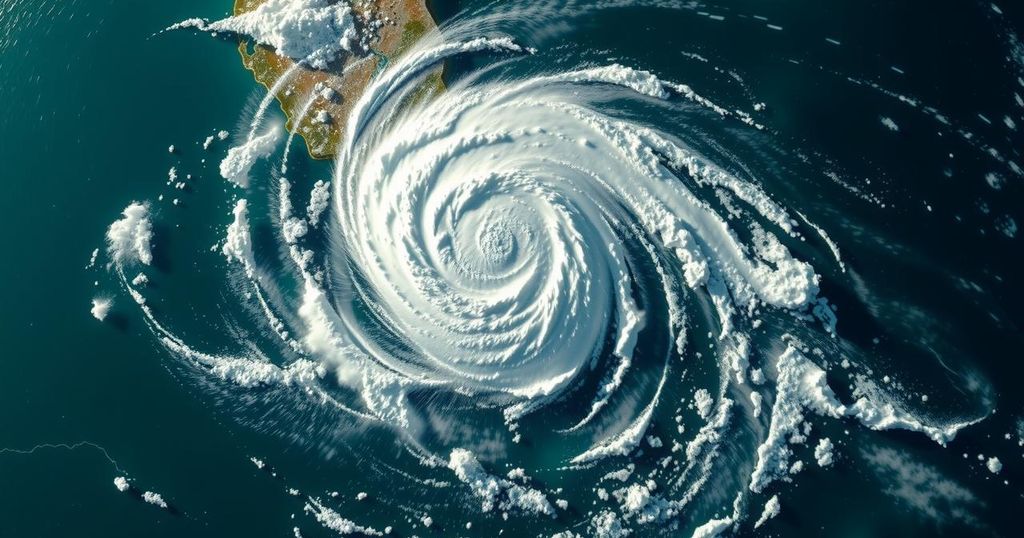Weather
World news
ALQUIZAR, ARIEL FERNANDEZ, ASIA, BRAZIL, CUBA, ESPINOSA, HURRICANE, HURRICANE BERYL, HURRICANE SEASON, MEXICO, MIAMI, NATIONAL HURRICANE CENTER, NATURAL DISASTER, NATURAL DISASTERS, NORTH AMERICA, OS, OSVALDO ANGULO, PHILIPPINES, PROGRESO, RAFAEL, RAMON ESPINOSA, SOUTH AMERICA, UNITED STATES
Fatima Khan
0 Comments
Hurricane Rafael Causes Severe Damage in Cuba Before Moving to Gulf of Mexico
Hurricane Rafael, a powerful storm that made landfall in Cuba on November 7, 2024, caused significant damage by knocking out the power grid and collapsing homes. Following its downgrade to Category 2 as it moved into the Gulf of Mexico, recovery efforts in Cuba were underway, with some power restored, but many remained affected by the devastation.
Hurricane Rafael struck Cuba on November 7, 2024, making landfall as a formidable Category 3 storm. This powerful hurricane disrupted the nation’s power grid, leading to widespread outages. Following its passage over the island, residents were seen salvaging belongings from their destroyed homes, particularly in hard-hit areas such as Alquizar. Meanwhile, the storm continued its path in the Gulf of Mexico, downgraded to a Category 2 hurricane with sustained winds of 110 mph, and was projected to move towards Mexico, while impacting surf conditions in coastal areas. As Hurricane Rafael traversed through various Caribbean islands, including Jamaica and the Cayman Islands, it resulted in additional power outages and significant landslides. By the time it reached Cuba, the storm had already caused the evacuation of 283,000 individuals and left a trail of destruction with 461 homes collapsed. The forced evacuation added to the post-blackout challenges faced by the Cuban population throughout recent weeks due to an ongoing energy crisis. Despite the damages, the Cuban government reported some success in restoring power to approximately 143,000 homes in Havana by Friday, although many residents remained without electrical services.
Hurricanes are tropical cyclones characterized by powerful winds and heavy rainfall, which can lead to considerable destruction, especially in low-lying areas. Hurricane Rafael’s progress from the Caribbean to the Gulf of Mexico highlights the volatility of storm paths and the impact they can have on vulnerable regions. This hurricane follows a pattern of increased storm activity in the Caribbean, exacerbated by regional issues such as energy shortages and climate change, which are impacting disaster preparedness and recovery efforts. The hurricane’s dual impact on electricity services and housing in Cuba exemplifies the challenges faced by countries prone to such natural disasters.
In summary, Hurricane Rafael’s journey through the Caribbean and into the Gulf of Mexico illustrates the severity of natural disasters on regional infrastructure and communities. While the hurricane downgraded to a Category 2 storm, the extensive damage caused in Cuba indicates a pressing need for enhanced disaster resilience and recovery strategies amidst climate-related challenges.
Original Source: apnews.com




Post Comment